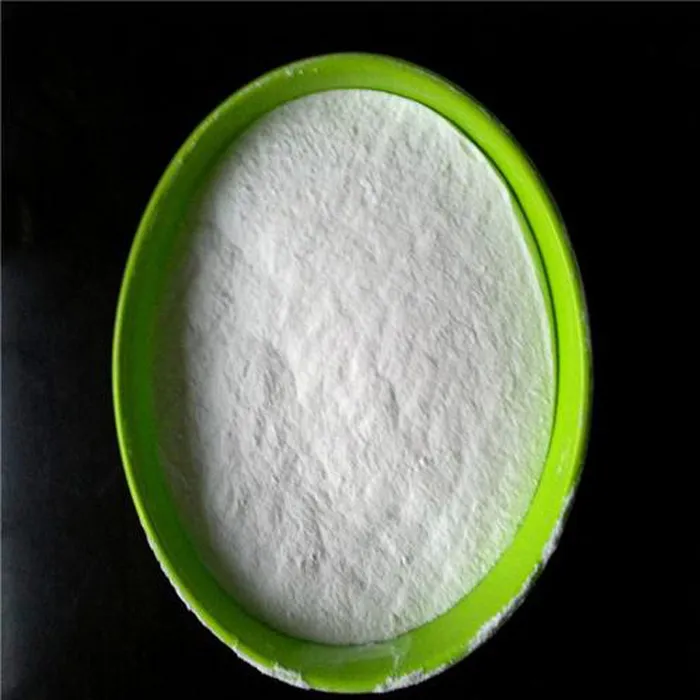The Role of Sodium Dodecyl Sulfate in SDS-PAGE
Sodium dodecyl sulfate (SDS) plays a pivotal role in the technique known as SDS-PAGE (sodium dodecyl sulfate polyacrylamide gel electrophoresis), a widely used method for separating proteins based on their molecular weight
. This technique is fundamental in the fields of biochemistry, molecular biology, and proteomics for analyzing protein samples, studying protein purity, and determining the size of proteins.At the core of SDS-PAGE, sodium dodecyl sulfate is an anionic detergent that serves multiple important functions. Its primary role is to denature proteins, causing them to unfold into linear chains. This denaturation process is crucial because it ensures that the proteins do not maintain their native three-dimensional structures, which would otherwise affect their mobility during electrophoresis.
By binding to the protein molecules, SDS imparts a uniform negative charge proportional to the length of the polypeptide chain. This leads to the essential condition for SDS-PAGE when an electric field is applied, proteins will migrate toward the positive electrode (anode). The rate of migration is influenced by the size of the protein—the smaller the protein, the faster it moves through the gel matrix. This size-dependent movement allows for effective separation of proteins based on their molecular weights.
role of sodium dodecyl sulfate in sds page

The gel used in SDS-PAGE is composed of polyacrylamide, which forms a porous network suitable for protein separation. The percentage of polyacrylamide in the gel can be adjusted depending on the size of the proteins being analyzed; thicker gels are generally used for larger proteins, while thinner gels are suitable for smaller proteins. As the proteins traverse through the gel, they encounter a sieving effect due to the polyacrylamide matrix, further enhancing the resolution of the separation.
Another remarkable aspect of SDS-PAGE is that it allows for the simultaneous separation of multiple proteins within a single lane of the gel. This capability is particularly useful for comparing protein expression levels across different samples. After the electrophoresis run, the separated proteins can be visualized using various stains, such as Coomassie Brilliant Blue or silver staining, which bind to the proteins and allow them to be seen as distinct bands.
Furthermore, SDS-PAGE can be combined with other techniques, such as Western blotting, to facilitate further analysis of specific proteins. After separation, proteins can be transferred to a membrane and probed with antibodies specific to the target protein, allowing for both qualitative and quantitative analysis.
In conclusion, sodium dodecyl sulfate (SDS) is indispensable in SDS-PAGE, serving to denature proteins, imparting negative charges, and facilitating their separation based on size. The ability of SDS to provide a consistent environment for protein analysis makes SDS-PAGE an essential tool in understanding protein structure and function, contributing significantly to advancements in biomedical research and clinical diagnostics. The versatility and effectiveness of SDS-PAGE continue to make it a cornerstone technique in laboratories around the globe.

